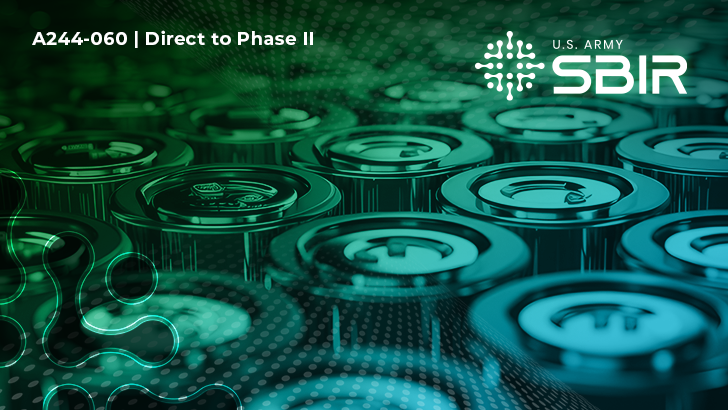

Objective
Description
This topic accepts Direct to Phase II proposals submissions for a cost up to $2,000,000 for a 24-month period of performance.
Phase I
Proposers interested in submitting a DP2 proposal must provide documentation to substantiate that the scientific and technical merit and feasibility equivalent to a Phase I project has been met. Documentation can include data, reports, specific measurements, success criteria of a prototype, etc.
Phase II
Increase the lab scale production of Alane to modular production at capacities ranging from 10-15 kg/month up to 2-5 MT/year of >95% alpha-Alane.
Phase III
Perform Limited User Evaluation (LUE) of Alane systems in Q1 FY 27
Submission Information
For more information, and to submit your full proposal package, visit the DSIP Portal.
SBIR|STTR Help Desk: usarmy.sbirsttr@army.mil

References:
Objective
Description
This topic accepts Direct to Phase II proposals submissions for a cost up to $2,000,000 for a 24-month period of performance.
Phase I
Proposers interested in submitting a DP2 proposal must provide documentation to substantiate that the scientific and technical merit and feasibility equivalent to a Phase I project has been met. Documentation can include data, reports, specific measurements, success criteria of a prototype, etc.
Phase II
Increase the lab scale production of Alane to modular production at capacities ranging from 10-15 kg/month up to 2-5 MT/year of >95% alpha-Alane.
Phase III
Perform Limited User Evaluation (LUE) of Alane systems in Q1 FY 27
Submission Information
For more information, and to submit your full proposal package, visit the DSIP Portal.
SBIR|STTR Help Desk: usarmy.sbirsttr@army.mil
References:
